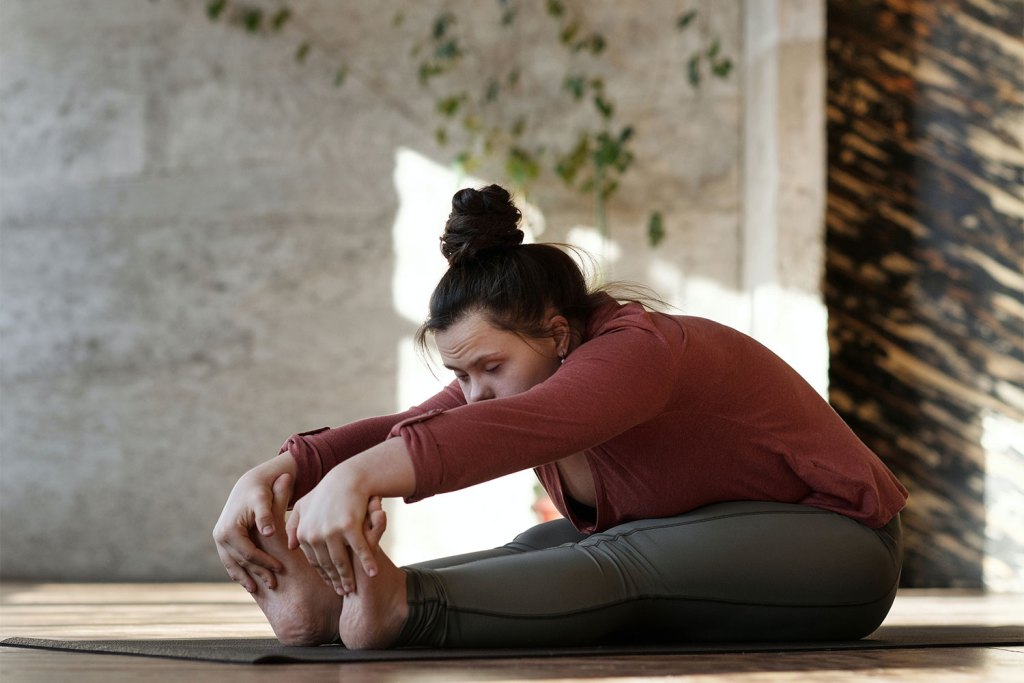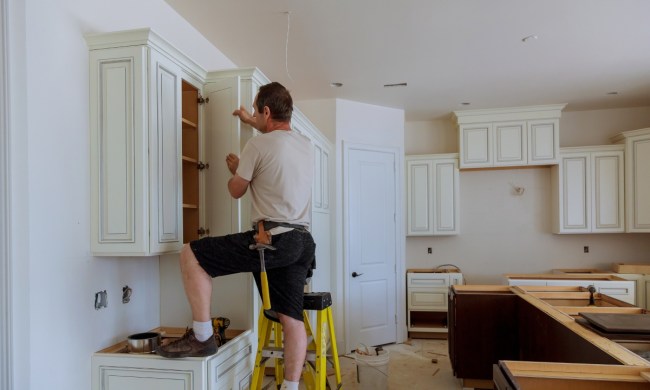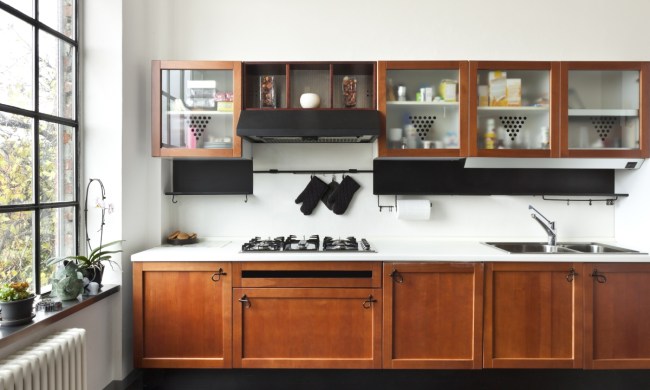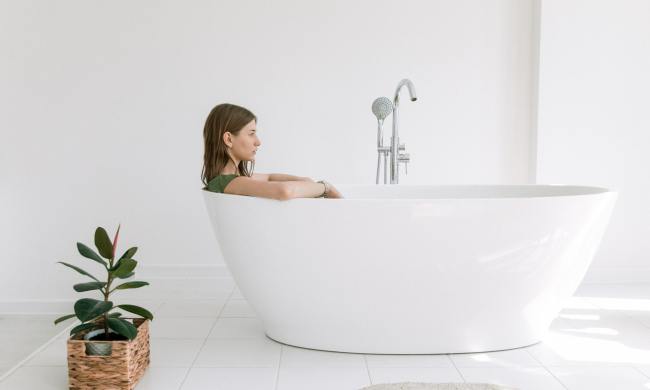Practicing yoga at home is convenient and cost-efficient. So, if you are looking to dedicate a particular space in your home for yoga, there are a few things to consider. You will need to have room for any props you might use, as well as, ample space to allow your body to stretch and flow freely. Think about what might make that space inviting, too. Yoga isn’t just about the body movements; the energy around you and within you are equally as important. So, thinking about adding a few pleasing accessories would benefit your at-home yoga studio.
Again, yoga is not just a physical workout, but a full body and mind exercise that keeps the back and joints healthy, improves overall posture, and strengthens muscles and balance. In order to perform some of these poses, equipment is required, such as blankets, straps, mats, and even chairs. To use these props and perform yoga poses, dedicated space is needed. Here’s how to create that space at home.

Where is it safe to add your at-home yoga studio?
Do remember that with yoga your area will need to be clear of any objects that might serve as a potential hazard. An area with minimal furniture or lighting fixtures is possibly a better choice for your at-home yoga studio. Body Positive Yoga reminds us, “For both inversions and arm balances, make sure you have space to fall (particularly if you are in the middle of the room).”
Safety is the number one priority when it comes to exercise. The usual measurements for a yoga studio is 21.5 square feet per person. This gives enough room for an individual to practice their movements safely. However, For Rent reassures that small apartments are still good for someone to do yoga. Try doing simple poses, instead.
“Before starting, test your arm and leg reach to make sure there are no pieces of furniture you will bump into (and possibly injure yourself!),” as written in their Apartment Yoga article.
What to add to your at-home yoga studio
The bare minimum will be key in this area. Make this space simple yet comforting. Here are some pieces to add to your yoga room.
- Wicker basket
- Mirror
- Small table
- Plant
Adding a wicker basket so you have somewhere to store your yoga mat is handy and stylish. An oversized mirror will help bring in more sunlight, enlarge the room, and add that studio feel in your area. Perhaps a floating shelf or small side table will prove to be beneficial if you have a speaker playing any background sounds or music. If you are following via a yoga class on your Smart TV, a TV stand that is set up with the proper safety features would be ideal.
Painting your walls can also help set the mood. Depending on your taste, you can paint one or all of your walls, or maybe just the ceiling. If you practice yoga in the morning, neutral wall colors will charm the room by attracting natural light. Many yoga studios have warm paints gracing their walls. You can always add wallpaper or a New Age image of something soothing such as a mandala.

How to make the space feel like a yoga studio
House Beautiful said it very well, “Since every element of the house is designed to inspire health, happiness, and balance, this room in particular is the perfect starting point when you’re looking for inspiration to create your own calming sanctuary.”
With that being said, think about what brings in that feeling of relaxation and ease. Above are only a few suggestions. One Kind Design listed many enticing ideas for an at-home yoga studio. Adding elements of nature to your room will aid in connecting the environment with the spirit; bring together mind, body, and spirit.
Having a personal yoga space in your home means you’re free to relax, sweat, or strengthen your yoga practice whenever you’d like. Ensuring you have enough space for your equipment and your routines, as well as any yoga buddies who will be practicing along with you, is a safe and convenient way to create your own studio.



